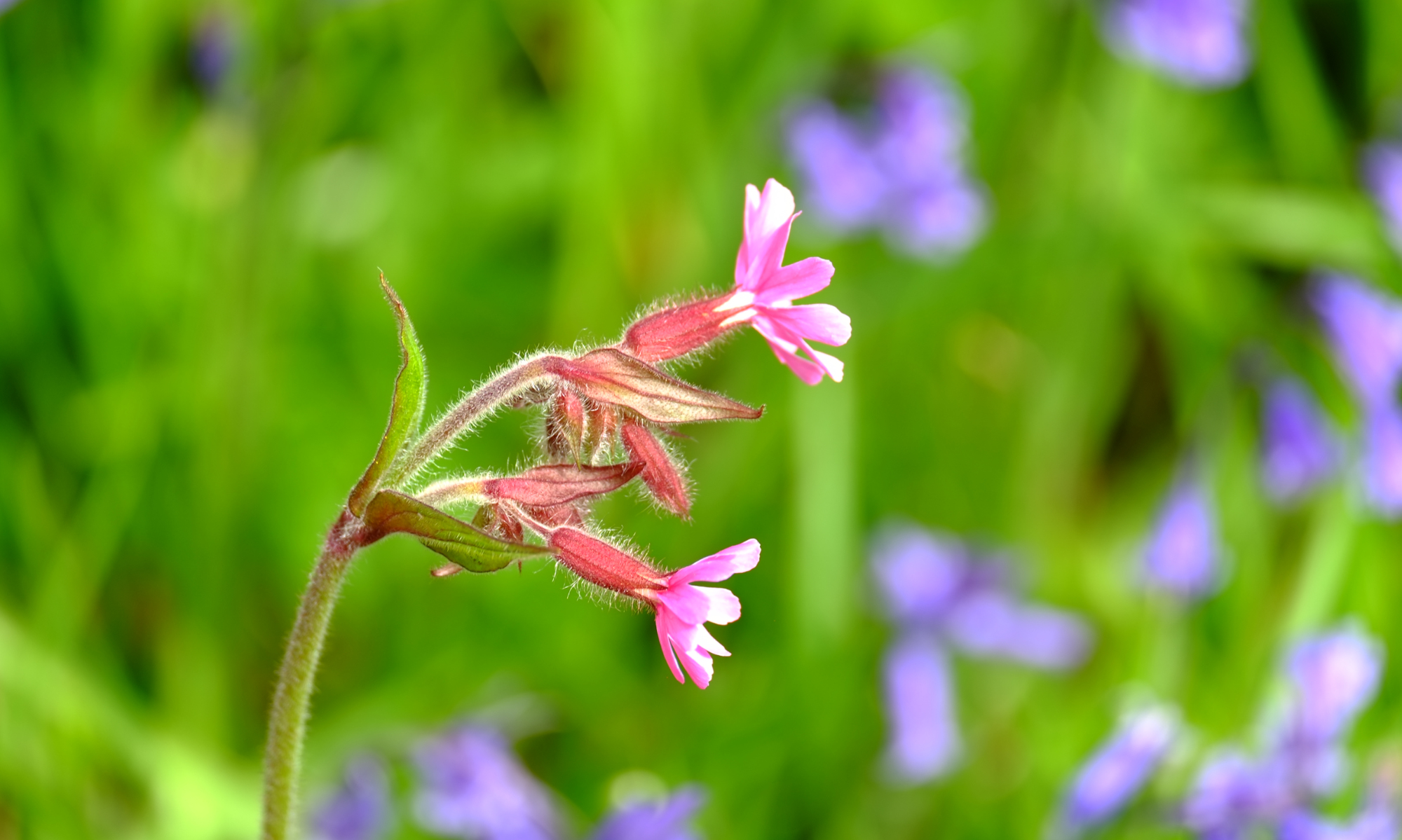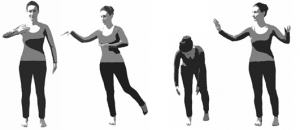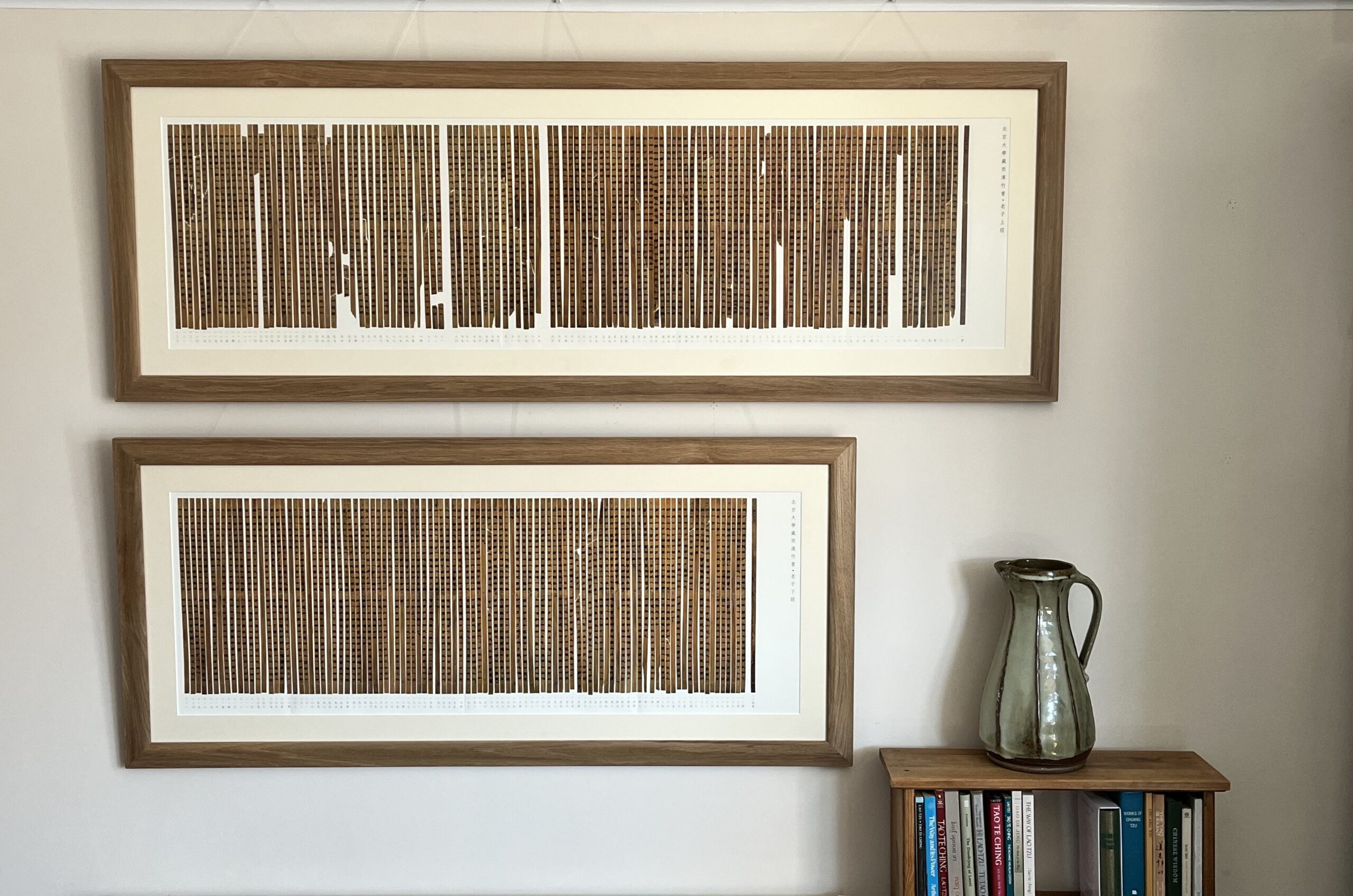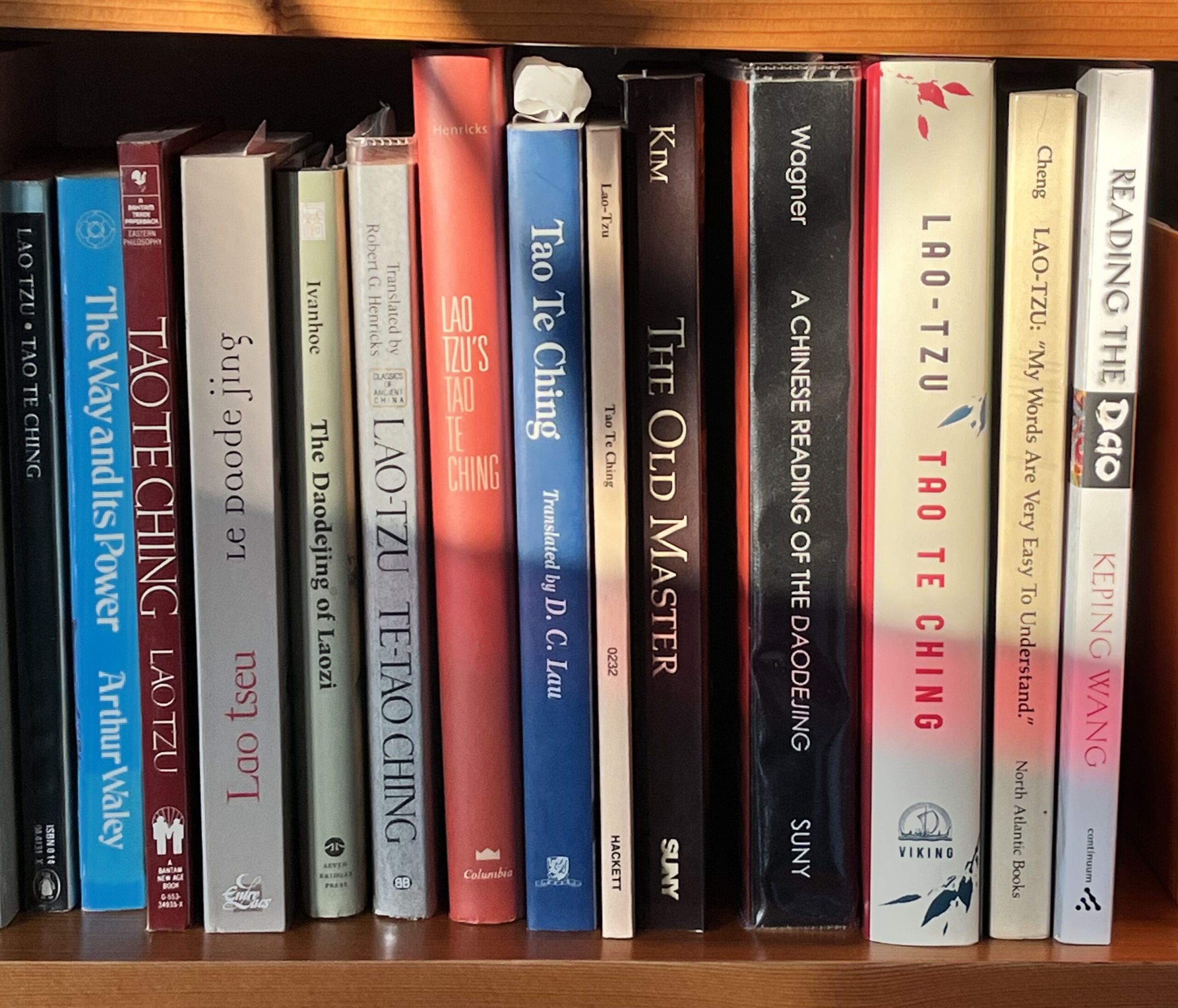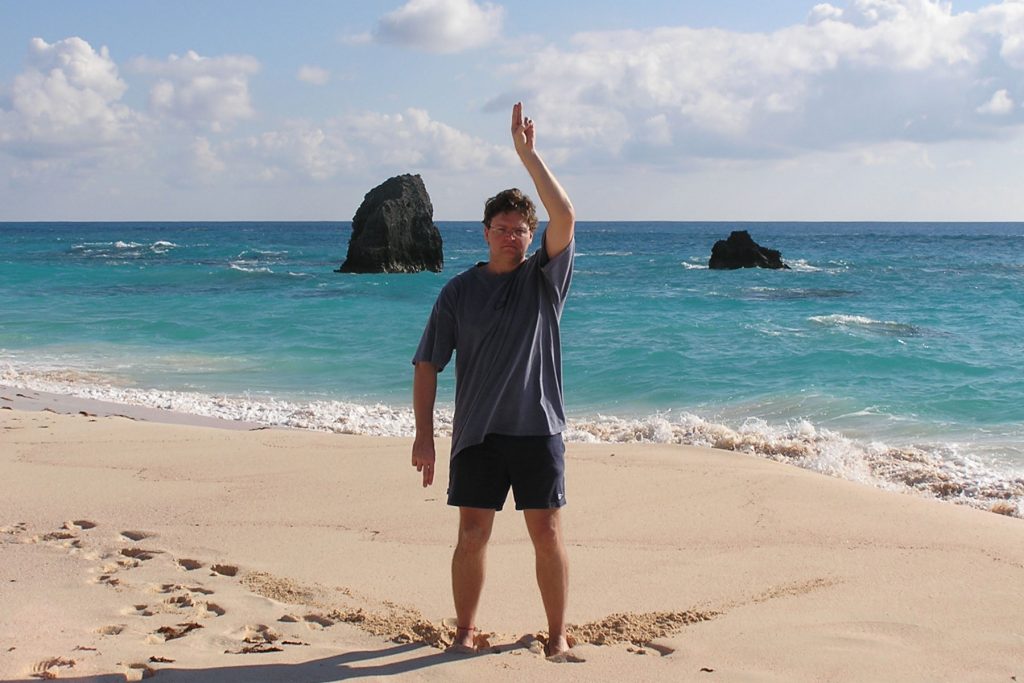
Where To Start
Tai Chi Fundamentals
We generally recommend Tai Chi Fundamentals as the place to start. This ancient neigong set teaches all of the essential alignments and movement principles in the most simple format possible. It is the foundation of the internal arts and it makes learning any Tai Chi form much easier.
Dragon & Tiger
Another place to begin is with qigong. Dragon & Tiger will quickly give you a sense of the body’s energy. It is like giving yourself acupuncture (without the needles). The beauty of this qigong is that you need learn only seven movements to practise a complete set that will balance and strengthen all of the major meridians (energy channels). It is particularly good for healers of all kinds as it protects against and clears the negative energy that they are often exposed to in their work with others. Dragon & Tiger is good for those who are only interested in qigong, whereas Tai Chi Fundamentals allows you to move on to Tai Chi more easily.
Longevity Breathing
Matthew has often heard B.K.Frantzis say that if he could only teach one of the many disciplines that he has mastered for general health it would be breathing. It follows that if you only ever learn one aspect of the internal arts breathing would be an excellent choice. With relatively little effort you can learn the most essential practice for letting go of stress and gaining optimal health. It can be done anywhere, any time.
The Next Step
Wu Style Tai Chi Short Form
The Wu Style, as taught by Grand Master Liu Heng Jie to B.K. Frantzis, is taught entirely in terms of the 16 components of neigong. It is the only form that I know of that does so. This form is specifically designed to contain all five of the neigong systems, of which Tai Chi Fundamentals is the first and most essential. Its effect is to amplify the power of any neigong that you practise. It is considerably more difficult to learn than the neigong, but having studied Tai Chi Fundamentals for some time, you will be able to practise the form with content from a very early stage.
Heaven & Earth NeiGong
Heaven & Earth is the gateway to all higher level Daoist energy and meditation work, including high level Tai Chi and Bagua. It is taught with the expectation that you are familiar with the material from Tai Chi Fundamentals, without which your progress will be limited.
And beyond …
Wu Style Tai Chi Long Form
You will need a firm grasp of the Short Form (Matthew’s recommendation is at least three years) before taking on the Long Form. This class is significantly more demanding than any other that Matthew teaches. In order for a person to really benefit from the Long Form over the Short Form, they must be willing to invest much more practice time.
The minimum experience required to join this class is that you have done at least one cycle of the Wu Style Short Form.
Please contact Matthew if you are interested in attending.
Immortal Cloud Play (or Gods Playing in the Clouds)
This is the advanced neigong set, the bridge into genuine moving meditation.
